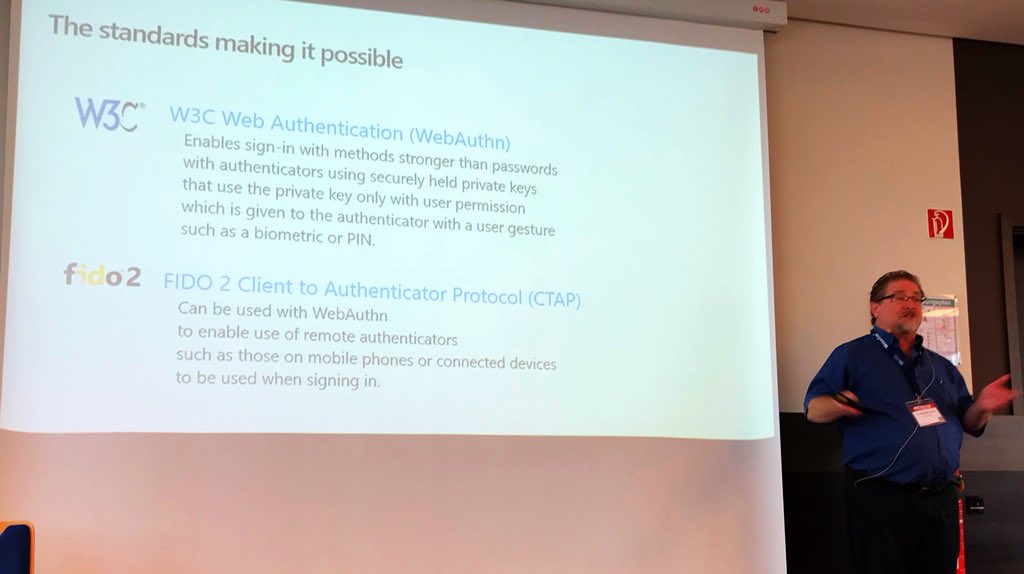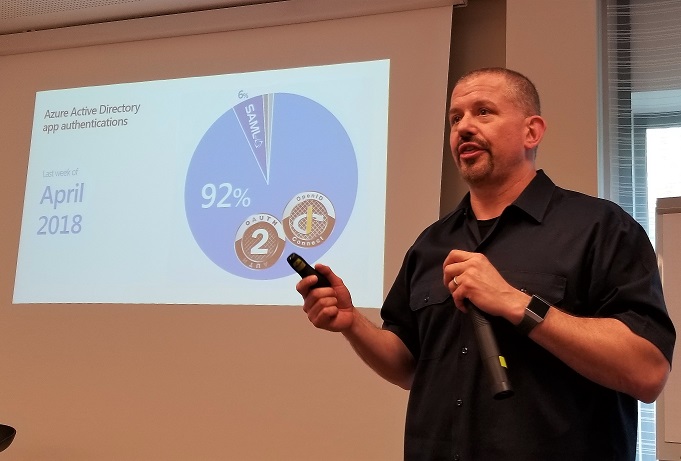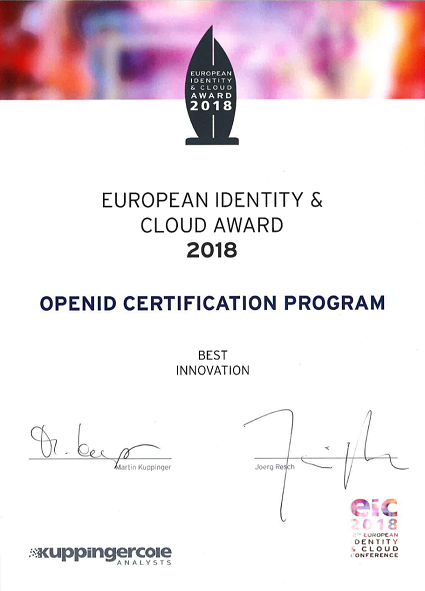 The OAuth Device Flow specification (full name “OAuth 2.0 Device Flow for Browserless and Input Constrained Devices”) has been updated to address comments received to date from the IETF last call. Thanks to William Denniss for taking the pen for this set of revisions. Changes were:
The OAuth Device Flow specification (full name “OAuth 2.0 Device Flow for Browserless and Input Constrained Devices”) has been updated to address comments received to date from the IETF last call. Thanks to William Denniss for taking the pen for this set of revisions. Changes were:
- Added a missing definition of access_denied for use on the token endpoint.
- Corrected text documenting which error code should be returned for expired tokens (it’s “expired_token”, not “invalid_grant”).
- Corrected section reference to RFC 8252 (the section numbers had changed after the initial reference was made).
- Fixed line length of one diagram (was causing xml2rfc warnings).
- Added line breaks so the URN grant_type is presented on an unbroken line.
- Typos fixed and other stylistic improvements.
The specification is available at:
An HTML-formatted version is also available at:
















